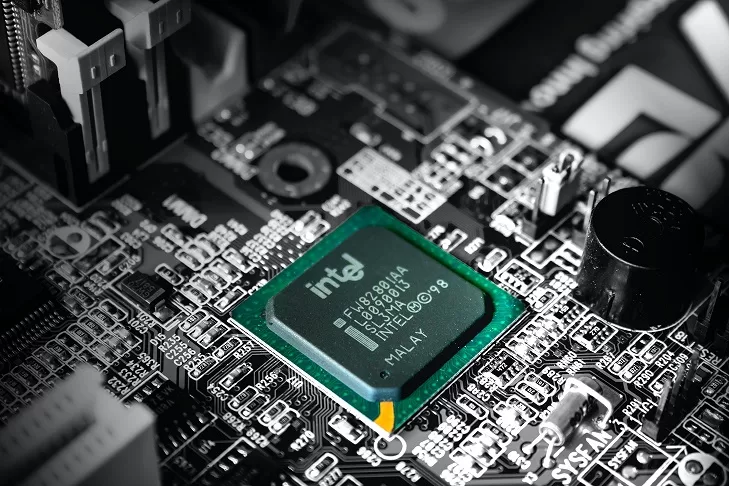
Introduction
In a recent announcement, Intel has revealed its investment in Arm Holdings, joining the list of anchor investors alongside SoftBank. This move comes as no surprise, considering the ongoing race for dominance in the semiconductor industry.
Arm’s Anchor Investors
SoftBank has been actively seeking anchor investments in Arm Holdings, its subsidiary, as it prepares for the upcoming IPO. Intel’s decision to join this list of investors further strengthens Arm’s position and adds more credibility to its future prospects.
Strategic Implications
Intel’s investment in Arm is not only a financial move but also a strategic one. By aligning itself with Arm, Intel is signaling its recognition of the growing influence of Arm’s architecture in the mobile and IoT (Internet of Things) markets.
Arm’s RISC (Reduced Instruction Set Computer) architecture has gained significant traction in recent years, particularly in the mobile device industry. Its power-efficient design and scalability make it an ideal choice for smartphones, tablets, and other connected devices.
Additionally, Arm’s recent foray into the server market with its Neoverse platform has further expanded its reach. This move poses a potential threat to Intel’s dominance in the data center segment, prompting Intel to take notice and invest accordingly.
Intel’s Long-Term Strategy
Intel’s investment in Arm can be seen as part of its broader long-term strategy. As the semiconductor market evolves, Intel recognizes the need to diversify its offerings and explore new growth opportunities.
While Intel has been traditionally focused on x86 architecture, which powers most desktop and laptop computers, the rise of mobile devices and IoT has created new demands. Arm’s architecture provides Intel with a complementary product line that can help address these emerging markets.
Moreover, Intel’s investment in Arm can also be viewed as a defensive move. With the increasing adoption of Arm-based chips in various devices, Intel cannot afford to ignore the potential disruption it may face in the future. By investing in Arm, Intel aims to stay ahead of the curve and ensure its relevance in the evolving semiconductor landscape.
Conclusion
Intel’s decision to join Arm’s anchor investors is a significant move in the semiconductor industry. It not only highlights the growing influence of Arm’s architecture but also signals Intel’s strategic recognition of the changing market dynamics.
As the competition intensifies, semiconductor companies must adapt and collaborate to stay ahead. Intel’s investment in Arm is a step in the right direction, enabling both companies to leverage their respective strengths and navigate the evolving landscape together.








